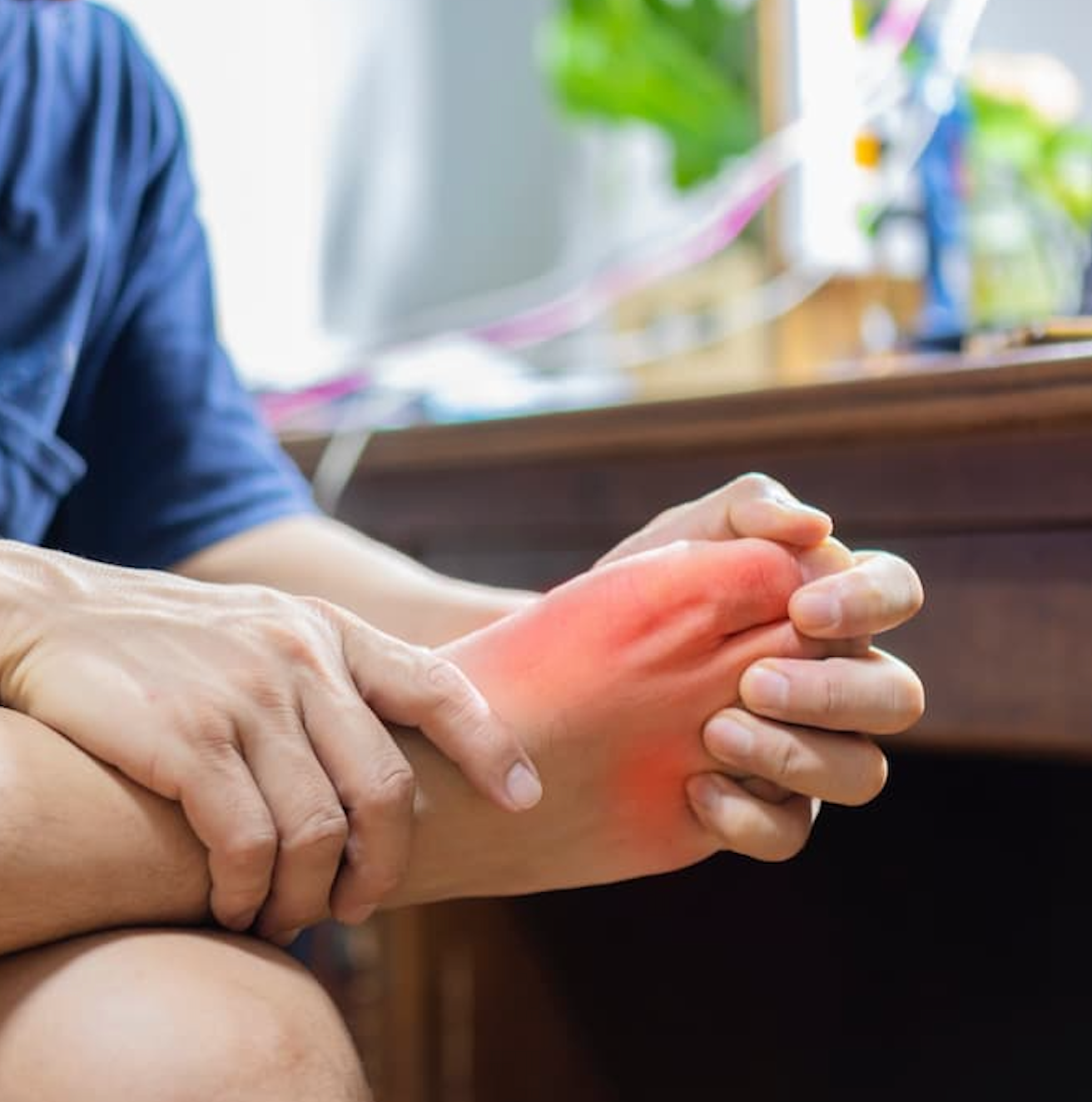News
Article
Predictive Model Detects Hyperuricemia Risk in Patients Treated with Aspirin
Author(s):
According to the analysis, eGFR, BMI, and waist circumference were the most important factors for hyperuricemia in individuals taking aspirin.
Credit: Adobe Stock/jittawit.21

eXtreme Gradient Boosting (XGBoost) algorithms were used to successfully create a predictive model to help clinicians detect hyperuricemia risk in subjects taking low-dose aspirin, according to a study published in Frontiers in Pharmacology.1
Aspirin has been recommended by both American and European guidelines as the cornerstone of antithrombotic management in patients with an elevated risk for both cardiovascular disease (CVD) and cerebrovascular disease.2 However, previous research has shown low-dose aspirin, a non-steroidal anti-inflammatory drug (NSAID), inhibits uric acid excretion, which can lead to hyperuricemia, a condition linked to both gout and CVDs.3
“As hyperuricemia is often asymptomatic, and indications for initiating treatment are not definitive, it is crucial to identify individuals at high risk of hyperuricemia, especially those who take aspirin for a long term,” wrote a team of Chinese investigators. “Currently, machine learning (ML) algorithms are gaining popularity in addressing complex problems of healthcare decision making.”
The cross-sectional study collected information from the National Health and Nutrition Examination Survey (NHANES) between 2011 and 2018. Eligible patients answered yes to the “Preventive Aspirin Use” question. To establish the model, investigators used 6 machine learning algorithms (logistic regression, light gradient-boosting machine, random forest, adaptive boosting, and category boosting) as well as XGBoost. The recursive feature elimination (RFE) was used to identify the most critical variables that influence the modeling efficacy. The method used RFE to rate the importance through elimination and cross-validation to determine the optimal number of features through cross-validation post-feature ranking.
A total of 805 patients who were taking aspirin for the treatment prevention of diseases were recruited into the analysis, of which 190 participants were diagnosed with hyperuricemia. The average age of patients without hyperuricemia was 65.0 years and the average age of patients with hyperuricemia was 66.0 years. In both groups, the estimated glomerular filtration rate (eGFR) level was nearly within normal range, with 88.27 ± 16.73 levels in those without hyperuricemia and 70.15 ± 20.68 in the hyperuricemia cohort, respectively (P <.01).
Patients were divided into a training set and testing set at an 8:2 ratio. After screening for 6 ML algorithms, the XGBoost was selected for the final modeling. The performances of the modeling were assessed using the SHapley Additive exPlanations (SHAP) method.
Based on these results, the eGFR, body mass index (BMI), and waist circumference were the most important factors for hyperuricemia in individuals taking aspirin (P <.01).
The development of hyperuricemia was also associated with age, race, smoking status, low-density lipoprotein (LDL), high-density lipoprotein (HDL), total cholesterol (TC), triglyceride (TG), and hypertension.
The cross-sectional study design with a small sample size may have impacted the model’s predictive efficiency, according to investigators. While the patients in NHANES was large, there were not enough participants who met the analysis criteria. Therefore, future research to validate these results using a larger sample size is necessary.
Additionally, while most variables used for modeling were from the laboratory index, other confounding factors, such as lifestyle, the use of drugs besides aspirin, and diet or dietary supplement exposure were important for the development of hyperuricemia. Lastly, investigators were unable to ascertain the duration of low-dose aspirin in this patient population, which limited the application of the predictive model.
“The results showed that the XGBoost model can potentially help clinicians make an early detection of hyperuricemia risk in general clinical practice,” investigators concluded. “Future studies are warranted to assess whether this prediction model would decrease hyperuricemia occurrence in people taking low-dose aspirin.”
References
- Zhu B, Yang L, Wu M, et al. Prediction of hyperuricemia in people taking low-dose aspirin using a machine learning algorithm: a cross-sectional study of the National Health and Nutrition Examination Survey. Front Pharmacol. 2024;14:1276149. Published 2024 Jan 19. doi:10.3389/fphar.2023.1276149
- Aspirin has been recommended by both American and European guidelines as the cornerstone of antithrombotic management in patients with an elevated risk for bot CVD and cerebrovascular disease.
- Leung, N., Yip, K., Pillinger, M. H., and Toprover, M. (2022). Lowering and raising serum urate levels: off-label effects of commonly used medications. Mayo Clin. Proc. 97 (7), 1345–1362. doi:10.1016/j.mayocp.2022.02.027





